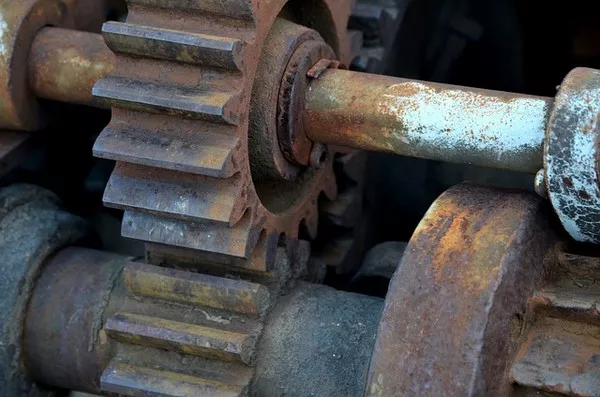The U.S. Environmental Protection Agency (EPA) will be unable to enforce a key regulation aimed at curbing air pollution in nearly a dozen states while legal battles unfold nationwide, following a Supreme Court decision on Thursday.
Overview of the “Good Neighbor” Rule
The EPA’s “good neighbor” rule seeks to limit smokestack emissions from power plants and industrial sources that contribute to smog in downwind areas. This rule is designed to protect states from pollution generated beyond their borders.
Legal Challenges and Opposition
Three states known for energy production—Ohio, Indiana, and West Virginia—have challenged the rule alongside the steel industry and other groups, citing high costs and ineffectiveness. The Supreme Court’s decision places the rule on hold in these states, as well as in twelve others where it is also being contested.
Supreme Court’s Recent Regulatory Decisions
This decision marks another instance where the Supreme Court, with its 6-3 conservative majority, has restricted federal regulatory powers. Recent rulings have limited the EPA’s authority to combat air and water pollution, including a 2022 decision that curtailed its ability to regulate carbon dioxide emissions from power plants. The court has also blocked other major initiatives, such as a vaccine mandate and President Joe Biden’s student loan forgiveness program.
The court is currently considering whether to overturn the 40-year-old Chevron decision, which has historically supported a broad range of regulations on public health, workplace safety, and consumer protections.
The EPA’s “Good Neighbor” Rule: Purpose and Challenges
The “good neighbor” rule was established to mitigate the impact of air pollution that drifts across state lines. States like Wisconsin, New York, and Connecticut have struggled to meet federal air quality standards due to pollution from neighboring states. New York’s deputy solicitor general, Judith Vale, highlighted that up to 65% of smog pollution in some states originates from outside their borders.
The rule requires states contributing to ground-level ozone, or smog, to submit plans ensuring that their industrial sites do not significantly increase air pollution in other states. In the absence of state plans or if such plans are disapproved, the EPA is supposed to implement a federal plan to protect downwind states.
Participation and Impact
The rule was intended to provide a national solution to ozone pollution, but its effectiveness is limited by the number of participating states. As of early this year, only about half of the 23 targeted states were participating. Industry groups challenging the rule argue that it imposes significant costs and could jeopardize the reliability of the electric grid.
Despite these challenges, the EPA has reported an 18% reduction in power-plant emissions in the ten states where the rule has been enforced since its finalization last year. These states include Illinois, Indiana, Maryland, Michigan, New Jersey, New York, Ohio, Pennsylvania, Virginia, and Wisconsin. In California, emission limits from industrial sources other than power plants are expected to take effect in 2026.
Criticism and Support
Critics, including Republican lawmakers and business groups, argue that the “good neighbor” rule represents government overreach and an attempt to prematurely phase out fossil fuels by increasing operational costs for fossil fuel-fired power plants. They claim the EPA is acting beyond its delegated powers under the Clean Air Act.
Supporters, however, view the rule as essential for addressing interstate air pollution and ensuring public health. Professor Christophe Courchesne of the Environmental Advocacy Clinic at Vermont Law and Graduate School emphasized that these limits are vital for protecting vulnerable populations, such as children, the elderly, and those with preexisting health conditions.
Conclusion
While the Supreme Court’s decision halts the “good neighbor” rule in several states, the debate over its necessity and impact continues. The EPA’s efforts to reduce cross-border air pollution face significant legal and political hurdles, but supporters maintain that such regulations are crucial for ensuring clean air and protecting public health across the nation.

